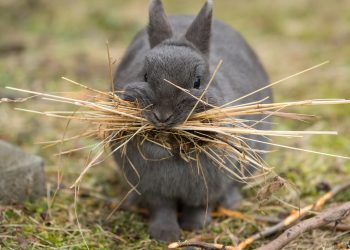Feline Guardians of Exeter and From Medieval Mousers to Modern Protectors
Travel back in time to Exeter Cathedral, where history and practicality meet through a small cat door. This door symbolizes a time when cats were vital protectors of important spaces, not just pets. Imagine it’s 1598, and Bishop of Exeter, William Cotton, faces a rodent problem. His solution? A hole in the wall for his cat to control the vermin. This practice wasn’t new. Records from the 14th and 15th centuries show cats were paid for their mousing duties. They were crucial in protecting the church’s integrity, manuscripts, and food from rodents.
The significance of these workers is evident in the cathedral, with carvings and nursery rhymes commemorating their role in pest control. In the 20th century, Tom, a one-eyed cat, continued this legacy and became a community figure. The cat door remains, marking the cathedral’s relationship with its protectors and the eco-friendly roots of pest management. It shows that simple solutions are enduring and that the human-cat connection extends to a partnership that has lasted for centuries.
Unearthing the Eco-Friendly Roots of Pest Management
The cat door at Exeter Cathedral is an architectural curiosity and a glimpse into eco-friendly pest control history. Cats for rodent control was a natural, sustainable method that worked with nature, unlike some modern methods that can harm the environment.
Today, with sustainability a growing concern, there’s a resurgence in natural pest control methods. Cities like Chicago are using feral cats to manage rat populations, promoting environmental responsibility and animal welfare. This provides a green solution to an urban issue and gives stray cats a purpose and a home. The cat door at Exeter Cathedral is a piece of history and a lesson in sustainable living applicable today.
Applying Time-Honored Lessons to Contemporary Eco-Conscious Strategies
The medieval cat door at Exeter Cathedral exemplifies how historical wisdom can address today’s environmental challenges. Our ancestors understood the importance of aligning human needs with the natural world. By observing their practices, we can learn to do the same. In the quest for sustainable living, historical practices inspire eco-friendly pest control strategies that benefit humans and the environment.
Urban landscapes can welcome natural predators like cats or be built to naturally deter pests. The guardians of Exeter Cathedral show that simple solutions are often effective. As the search for green solutions continues, remember the silent vigil these cats kept over the centuries. Their role in protecting the cathedral models how to protect urban environments today, with help from our four-legged allies.






